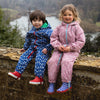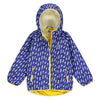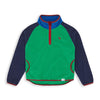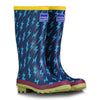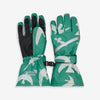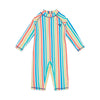
English - KS 1 - Story Sentences
Learning Objectives: Literacy – Writing - Composition
Sequencing sentences to form short narratives
Resources
Clay or wet mud, containers, natural materials such as leaves, small sticks, flowers, pine cones, stones and pebbles, camera, waterproof aprons or coveralls, tarp, paper and pen, wet wipes.
Introduction Activity
Ask children if they know of any stories with monsters in, and discuss what features monsters can have. What are the children’s favourite monsters, which are the scariest they can think of?
There’s a face in my space
Spread the tarpaulin on the ground, and with the children, make a mixture of clay, mud and water. The consistency should be like cake mixture. Allow the children to really experiment and play with the mud, and offer sticks for any children that are not willing to touch the mud. Spread out the selection of natural materials on the tarp. Divide the children in to pairs, and ask them to select any of the natural materials to start making the faces. They will need to slap some mud on to the tree or vertical surface, then decorate. Whilst they are making their faces, ask them to think about their monster – a name and a habitat for the monster, as well as characteristics of their monster, what they like to eat etc. As an example, chose your own or one of the monsters and model story sentences, one sentence for an introduction, one sentence for a description, and one sentence for a statement – it should have an introduction, such as ‘This is Elvis. He likes to eat cakes but he is stuck on a tree. He now eats bugs instead!’ Give the children paper and pencils and give them some time to write their sentences. Come together as a group and take a tour, with the children reading their sentences aloud.
Extension
Take photos of all the faces, and the sentences, and as a class come together and create one longer story that includes all the faces!


